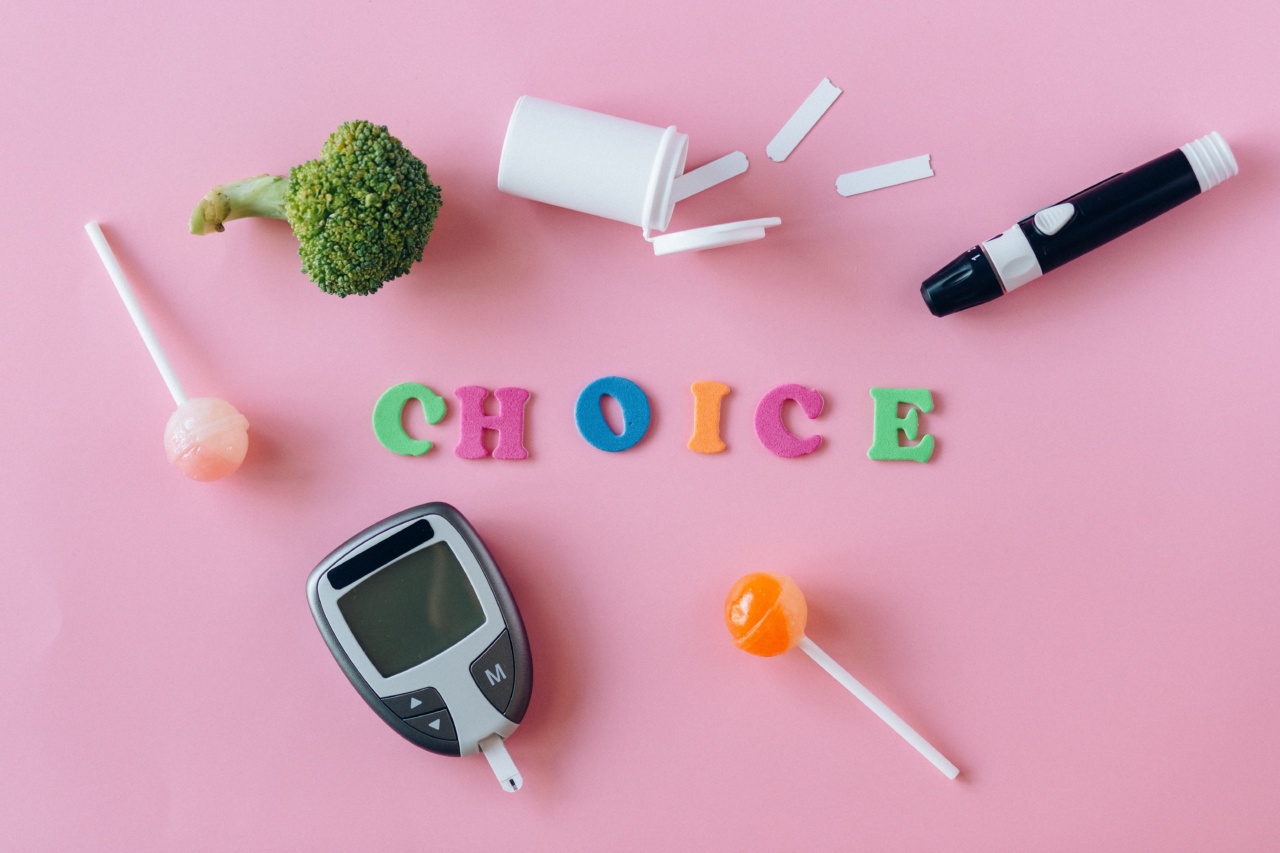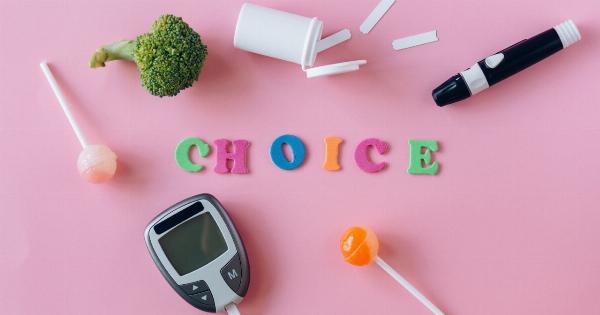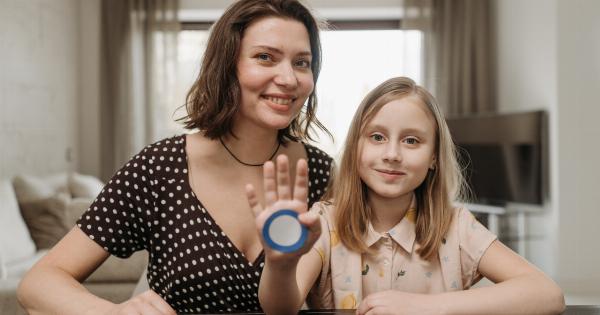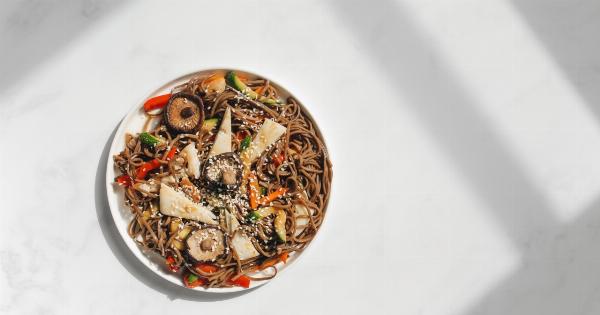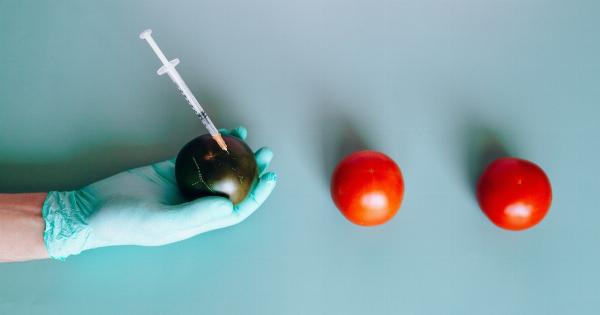Diabetic ulcers are a common complication of diabetes that can be difficult to heal. They occur when high blood sugar levels damage nerves and blood vessels, leading to poor circulation and reduced sensation in the feet and legs.
If left untreated, diabetic ulcers can lead to infection, gangrene, and even amputation.
Fortunately, a new medical technological product has recently been developed that promises to speed up the healing of diabetic ulcers, reducing the risk of complications and improving outcomes for patients.
The science behind the technology
The new product is based on a combination of two proven medical technologies: negative pressure wound therapy (NPWT) and low-frequency ultrasound (LFU).
These technologies have been used separately for many years to help heal chronic wounds, such as diabetic ulcers.
NPWT involves placing a special dressing over the wound that creates a vacuum, drawing out excess fluid and promoting the growth of healthy tissue. LFU uses sound waves to stimulate cell growth and promote blood flow to the wound.
The new product combines these two technologies into a single device that can be used at home.
The device consists of a small pump that creates a vacuum, a wound dressing, and a handheld unit that delivers low-frequency ultrasound directly to the wound.
How the product works
Patients with diabetic ulcers can use the new product at home, under the guidance of their healthcare provider. The wound dressing is applied to the ulcer, and the pump is activated to create a vacuum.
The handheld unit is then used to deliver low-frequency ultrasound to the wound for a set period of time each day.
The combination of NPWT and LFU works synergistically to promote healing of the ulcer. The vacuum draws out excess fluid from the wound, reducing swelling and inflammation.
This creates a favorable environment for the growth of healthy tissue and new blood vessels, which can accelerate the healing process.
The LFU component of the device delivers sound waves directly to the wound, which can stimulate cell growth and promote blood flow. This can help to boost the immune response, reduce inflammation, and enhance tissue regeneration.
Clinical studies
Clinical studies of the new product have shown promising results.
In a randomized controlled trial, patients with diabetic ulcers who used the device for 10 weeks had a significantly higher rate of wound healing than those who received standard care alone. The median time to complete healing was 56 days in the treatment group, compared to 82 days in the control group.
Another study showed that the device was well-tolerated by patients and did not cause any adverse effects. Patients reported high levels of satisfaction with the device, citing its ease of use and convenience.
Benefits of the new product
The new medical technological product offers several benefits for patients with diabetic ulcers:.
- Accelerated healing: The combination of NPWT and LFU can speed up the healing of diabetic ulcers, reducing the risk of complications and improving outcomes for patients.
- At-home treatment: Patients can use the device at home, under the guidance of their healthcare provider. This can save time and reduce the need for frequent visits to the clinic or hospital.
- Non-invasive: The device is non-invasive and does not require surgery or other invasive procedures.
- Convenient: Patients can use the device at their own convenience, without disrupting their daily activities.
- Cost-effective: The device may be more cost-effective than traditional wound care methods, which can be expensive and time-consuming.
Conclusion
The new medical technological product for diabetic ulcers offers a promising option for patients who struggle with this common complication of diabetes.
By combining the proven technologies of NPWT and LFU, the device can accelerate the healing of ulcers and reduce the risk of complications. Patients can use the device at home, under the guidance of their healthcare provider, making it a convenient and cost-effective option for many.
